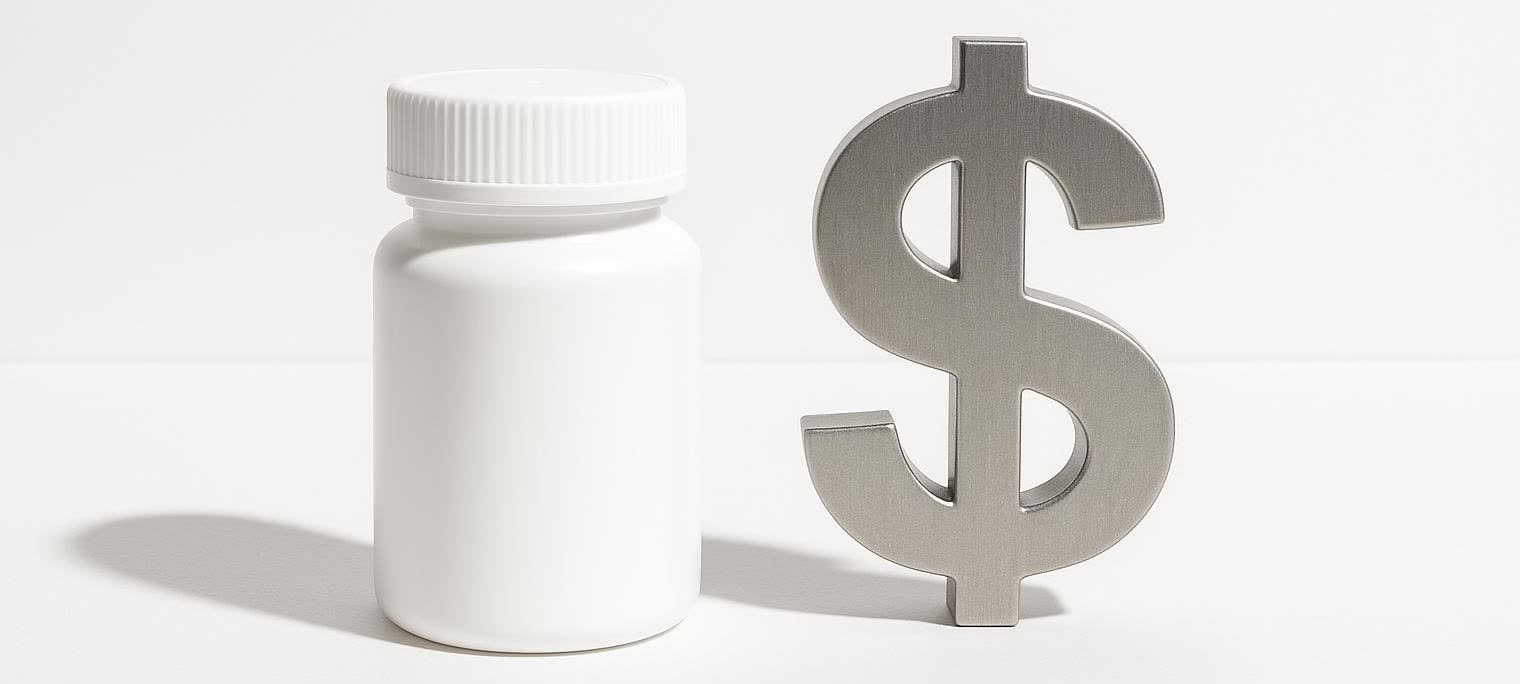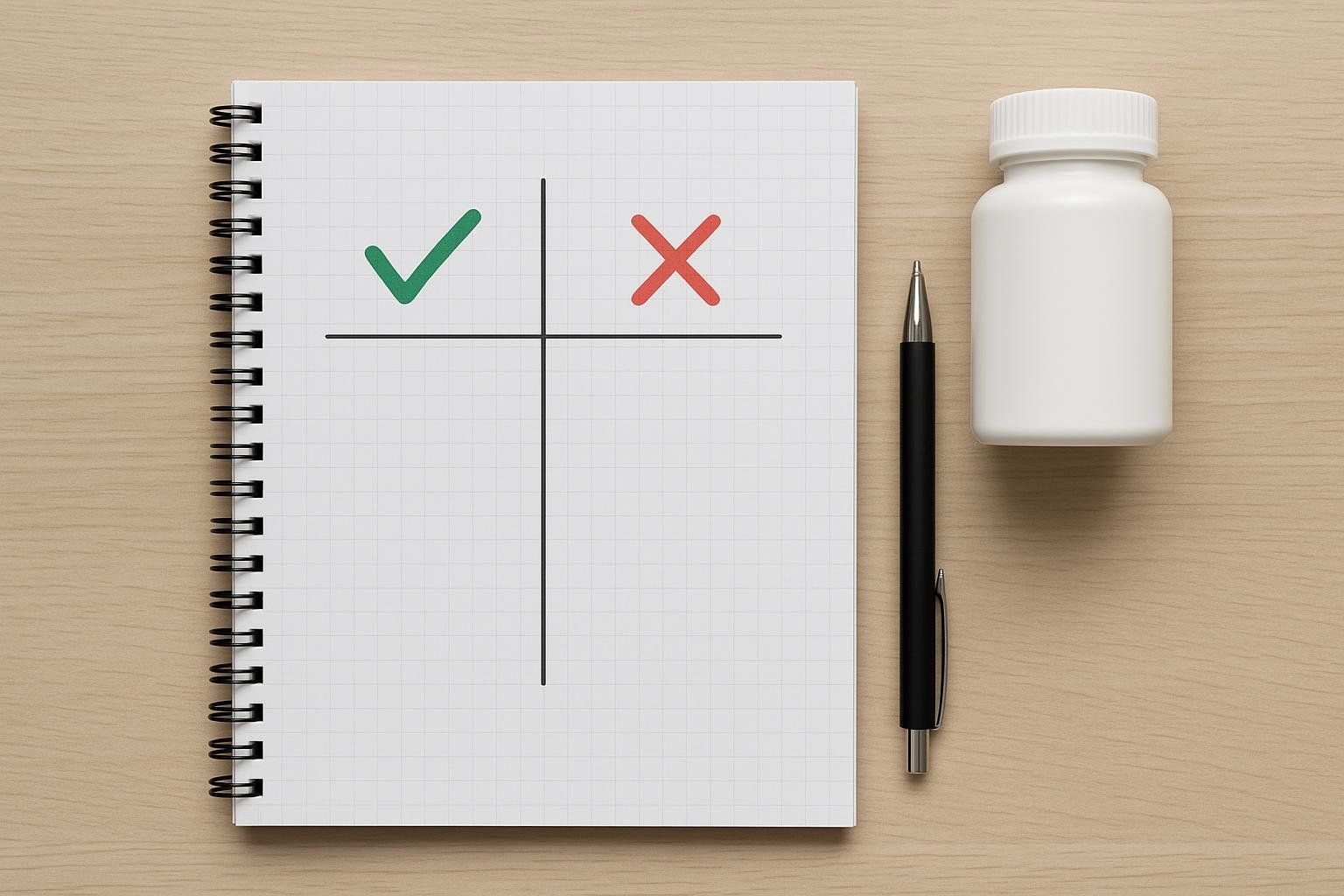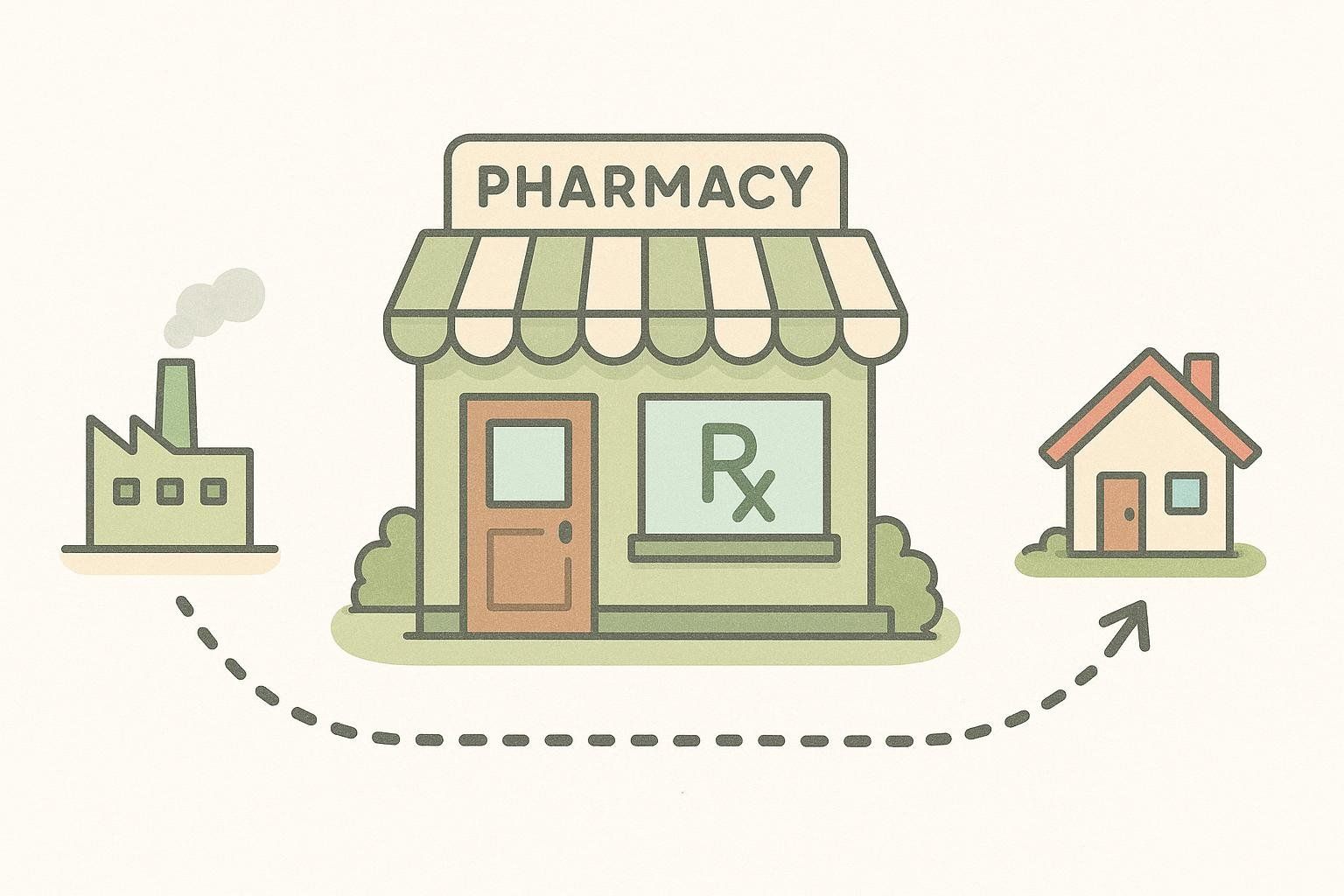TrumpRx Guide: How It Works, Who Saves & What to Know

TrumpRx Guide: How It Works, Who Saves & What to Know
The announcement of TrumpRx, a new federal drug pricing initiative, has raised questions about its potential to lower consumer pharmacy costs. TrumpRx is a federal portal slated to launch in 2026 that aims to steer patients to manufacturer direct-to-consumer (DTC) offers at steep discounts off list prices. Early details come from a White House announcement and coverage of the administration’s first pricing deal with Pfizer, which includes Most-Favored-Nation (MFN) pricing commitments and a consumer-facing discount program averaging around 50% for many primary care and some specialty brands sold through TrumpRx channels (White House fact sheet; CNN; NPR).
This guide explains what TrumpRx is, how it is expected to work, who might benefit (and who might not), and practical steps for patients, independent pharmacies, and benefits managers to prepare.
Quick facts
- What it is: A federal portal (TrumpRx.gov) that will route users to manufacturer DTC purchase pages for eligible brand-name drugs at discounted cash prices; the site itself is not expected to sell or ship medications (CNN; NPR).
- Launch window: Targeted for 2026, per current reporting (CNN; NPR).
- Who can use it: Cash-pay customers. Discounts are for people not using insurance at the point of sale (NPR).
- What kind of discounts: The Pfizer deal publicized examples like Eucrisa at 80% off, Xeljanz at 40% off, and Zavzpret at 50% off; the company also signaled average savings of ~50% for many brands through TrumpRx’s consumer channel (White House fact sheet; CNN).
- The policy lever: MFN pricing commitments for Medicaid and new Pfizer launches, plus trade/tariff levers that the administration says helped secure concessions like discounted DTC pricing and domestic investment (White House fact sheet; CNN).
What TrumpRx is trying to fix

Americans often pay roughly three times more for brand-name drugs than people in peer nations, a disparity the administration says it wants to close by tying some U.S. prices to the lowest prices abroad and pushing public, consumer-visible discounts (White House fact sheet; CNN). TrumpRx’s DTC model is intended to reduce the role of rebates and intermediaries in the final price a patient pays by enabling direct purchase from manufacturers at a discounted cash price (CNN).
Experts caution that insurance benefits complicate the picture—many insured patients already pay relatively low copays at the counter, so a discounted cash price may still be higher than the insurance price in practice (NPR). That is why the largest gains could be for: (1) people with high deductibles who have not met them; (2) patients taking non-preferred brands with high coinsurance; or (3) people currently paying full cash for brands with weak insurance coverage.
How TrumpRx will likely work for patients (based on what is public today)

- Search for your medication on TrumpRx.gov once the site is live. You will be directed to the manufacturer’s DTC page rather than checking out on the government site itself (CNN).
- Compare prices. You will see a discounted cash price from the manufacturer. This price cannot be combined with your insurance at the point of sale per current reporting (NPR).
- Decide where to fill. If the TrumpRx-linked cash price is lower than your insurance cost today, you can proceed to buy direct. If your insured copay/coinsurance is lower, stay with your insurance fill.
- Coordinate with your prescriber. Most DTC programs still require a valid prescription sent to the manufacturer’s fulfillment partner or specialty pharmacy, so tell your clinician where you intend to fill.
A simple TrumpRx “savings estimator” you can use now

Use this quick math to see if TrumpRx-style cash pricing might beat your current insurance out-of-pocket:
- Step 1: Write down your drug’s list price (Wholesale Acquisition Cost, or WAC) or a recent cash quote.
- Step 2: Apply a hypothetical TrumpRx discount.
- Pfizer has referenced average 50% savings for many brand drugs on the portal; individual products vary (CNN; White House fact sheet).
- Step 3: Compare to your insurance price today (copay or coinsurance toward deductible).
Example: If a medication’s list price is $1,000 and the TrumpRx-linked offer is 50% off, your cash price would be about $500. If your plan requires 30% coinsurance until you hit a $2,000 deductible, you would pay $300 using insurance—so insurance is cheaper in that scenario. If your plan has a $600 deductible remaining and charges the full negotiated price until you meet it, TrumpRx’s $500 cash price could be the better deal this month. Re-check after your deductible is met.
For GLP-1s and other popular brands, manufacturers already run DTC or cash programs outside of TrumpRx, sometimes posting set cash prices below list price or providing copay support hubs. Industry coverage highlights these programs as examples of how direct pricing can undercut list prices even before the portal launches (CNN). If you are comparing options, our guides to Mounjaro vs. Ozempic and Rybelsus for weight loss can provide clinical context while you evaluate costs.
Impact on Independent Pharmacies

Independent and specialty pharmacies could feel pressure if some branded prescriptions bypass them via manufacturer-direct fulfillment. Legal analysts are already flagging two major considerations:
- Channel displacement and price-match pressure: Patients may ask pharmacies to match portal cash prices. If a manufacturer restricts the discounted product to its own fulfillment, your store may lose the fill even if you would accept the price (BIPC).
- PBM audit risk: Expect tighter audits around acquisition cost documentation, coupon applications, DAW overrides, and any exceptions—failures could lead to recoupments or network termination (BIPC).
Action steps for pharmacies (start now):
- Build a transparent cash-price strategy and SOPs for counseling patients who ask about TrumpRx.
- Map your top 25 brands: identify which already have manufacturer DTC programs and where you can remain competitive (e.g., adherence packaging, counseling, prior authorization support).
- Create an audit-defense playbook with tight documentation standards across staff roles (BIPC).
Impact on Plan Sponsors

Employer plans face a “two-market” problem if members buy outside the benefit: money may be saved at the counter, but you could lose utilization visibility that informs safety programs, disease management, and formulary tuning (BIPC).
Near-term priorities:
- Renegotiate PBM contracts to push value to the point of sale, increase data access, and demand line-of-sight to rebate aggregators and spread pricing (BIPC).
- Stress-test alternative funding models for high-cost brands to avoid ERISA/state-law pitfalls while preserving fiduciary prudence (BIPC).
- Plan member education: Teach when cash price beats insurance and how to report outside purchases back to care managers for safety monitoring.
- See also: Corporate wellness strategy and ROI for building a broader employee health program with measurable outcomes.
The Policy Behind TrumpRx
The administration’s first MFN agreement with Pfizer ties Medicaid prices and new U.S. launch prices to the lowest levels in peer countries, while pairing temporary tariff relief with expectations for domestic investment and consumer discounts (White House fact sheet; CNN). Reporting indicates a three-year grace period on certain import tariffs for Pfizer. A broader tariff posture could otherwise raise costs on brand-name imports. Some scenarios note a 15% levy for EU imports (CNN). Pfizer has separately described plans to invest $70 billion in U.S. research and manufacturing in connection with this initiative (CNN).
Important context: Medicaid beneficiaries already face low out-of-pocket costs, so MFN savings may be more visible to state budgets than to patients at the counter (NPR). For commercial plans and Medicare, the separate Inflation Reduction Act’s negotiation and inflation-rebate provisions begin to take effect in 2026. These changes may interact with TrumpRx market dynamics in complex ways (BIPC).
TrumpRx Concerns and Criticisms

- Scope and impact: Health policy experts question whether TrumpRx will materially lower average U.S. drug spending without parallel benefit-design changes, since many insured patients already have low point-of-sale costs (NPR).
- Conflict-of-interest questions: Reporting has spotlighted Donald Trump Jr.’s role with BlinkRx, a company that helps manufacturers run DTC programs, raising concerns about perceived benefits to family-linked businesses if the portal steers traffic to such channels (MSNBC; WSJ).
- Product mix and sticker shock: Even after discounts, some specialty brands may still be expensive in cash channels (e.g., experts note monthly costs for certain drugs can remain in the thousands), so the real-world savings depend on your specific medication and insurance design (CNN).
Step-by-step checklists
For patients and caregivers
- Make a list of your current medications (name, dose, quantity, NDC if available) and your last three months of pharmacy receipts.
- Ask your plan or PBM for your current tier, copay/coinsurance, and whether the drug is subject to a deductible.
- When TrumpRx.gov goes live, compare your insurance price versus the portal-linked cash price before switching.
- If you switch, coordinate a clean handoff with your prescriber to the manufacturer’s fulfillment pharmacy.
- Track adherence and side effects during the transition; switching channels should not change your clinical plan without clinician input.
For independent pharmacies
- Educate staff on how to counsel patients who ask about TrumpRx cash offers.
- Decide ahead of time when you will—and will not—price match.
- Tighten documentation for audits, with special attention to coupon/copay card workflows and DAW exceptions (BIPC).
For plan sponsors/benefits leaders
- Update PBM contracts to push value to point-of-sale and require transparency into rebate aggregators (BIPC).
- Build member education on when cash pricing makes sense and how to report outside purchases for safety monitoring.
- Align your pharmacy strategy with broader wellness initiatives so you can evaluate outcomes holistically.
Glossary
- TrumpRx.gov: A federal website expected to route patients to manufacturer DTC purchase pages for discounted cash pricing; not a pharmacy or wholesaler itself (CNN).
- Direct-to-consumer (DTC) pricing: When manufacturers sell to patients via their own websites or specialized partners at posted cash prices, outside of insurance.
- Most-Favored-Nation (MFN) pricing: A commitment to match or beat the lowest price offered in peer countries—in this case applied to Medicaid and new launches in the Pfizer deal (White House fact sheet).
- PBM (Pharmacy Benefit Manager): Intermediaries that manage drug benefits for insurers and employers; their rebate-driven model is challenged if value shifts to front-end discounts (BIPC).
- Plan sponsor: An employer or organization that funds a health plan and has fiduciary duties to manage costs prudently.
- Wholesale Acquisition Cost (WAC): A list price set by the manufacturer before rebates and discounts; often used as a reference point for pricing comparisons.
FAQs
- Is TrumpRx live yet? Not yet. Current reports point to 2026 for launch (CNN; NPR).
- Can I use insurance with TrumpRx? No—discounts are for cash purchases without using your insurance at checkout (NPR).
- Will every drug be included? Unclear. The first announced deal was with Pfizer, with the administration indicating it hopes to reach similar deals with other manufacturers (White House fact sheet; WSJ).
- Are discounts guaranteed to be the best price? No. If your insurance copay is lower (especially after you meet a deductible), staying in-network may still be cheaper (NPR).
- What about privacy and data? Details of the federal portal’s data practices have not yet been published. When buying direct from a manufacturer, your transaction will follow that company’s terms and privacy policy—review before purchasing.
Bottom line
TrumpRx could deliver meaningful savings for some Americans—especially those facing high deductibles, coinsurance, or poor coverage for specific brands—by making cash prices visible and competitive. For others, especially those with generous pharmacy benefits, the insurance price may still win. Pharmacies and plan sponsors should prepare now for a consumer-facing shift in value, tighter audits, and the need for transparent, point-of-sale strategies that keep patients safe and costs predictable (BIPC; NPR).


